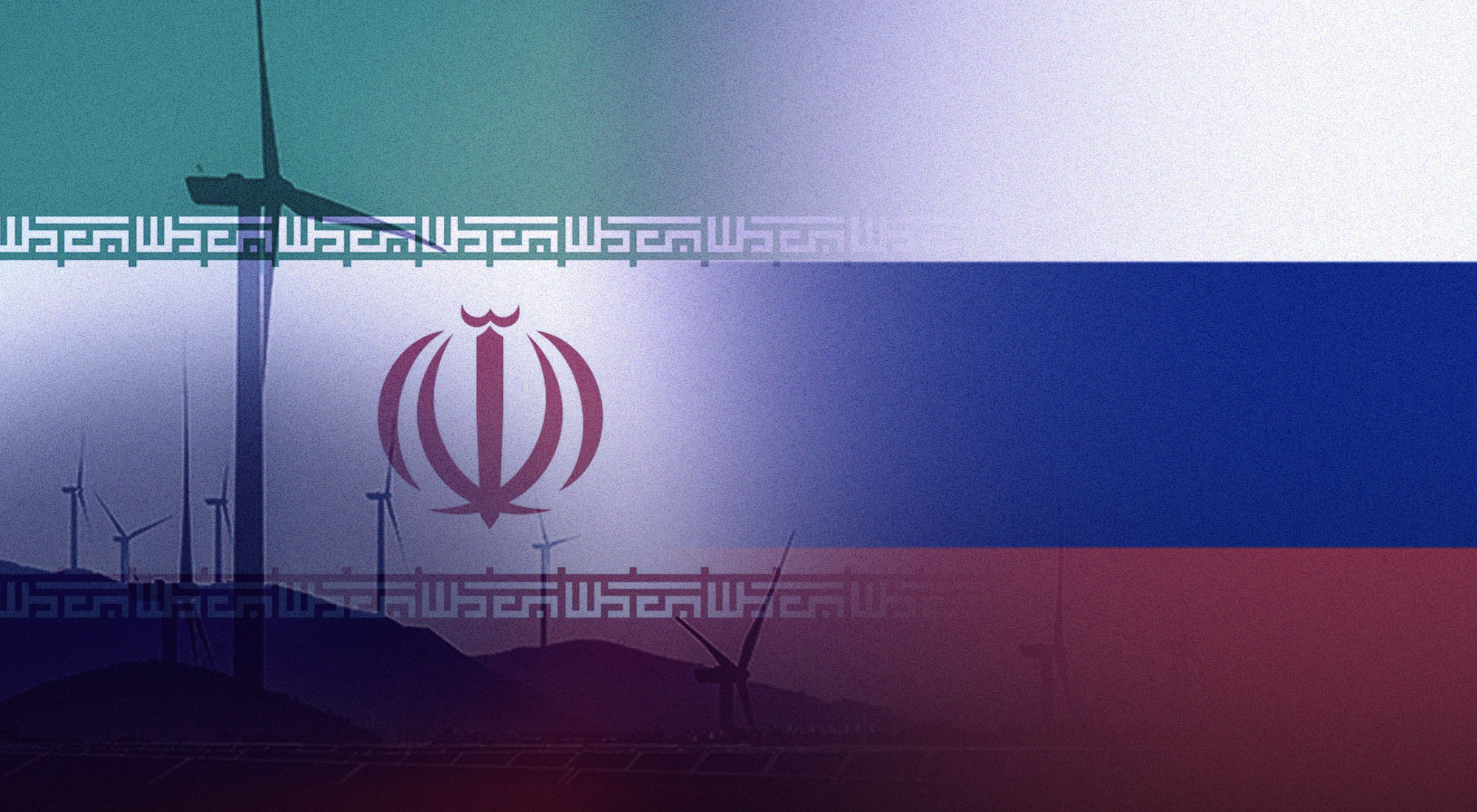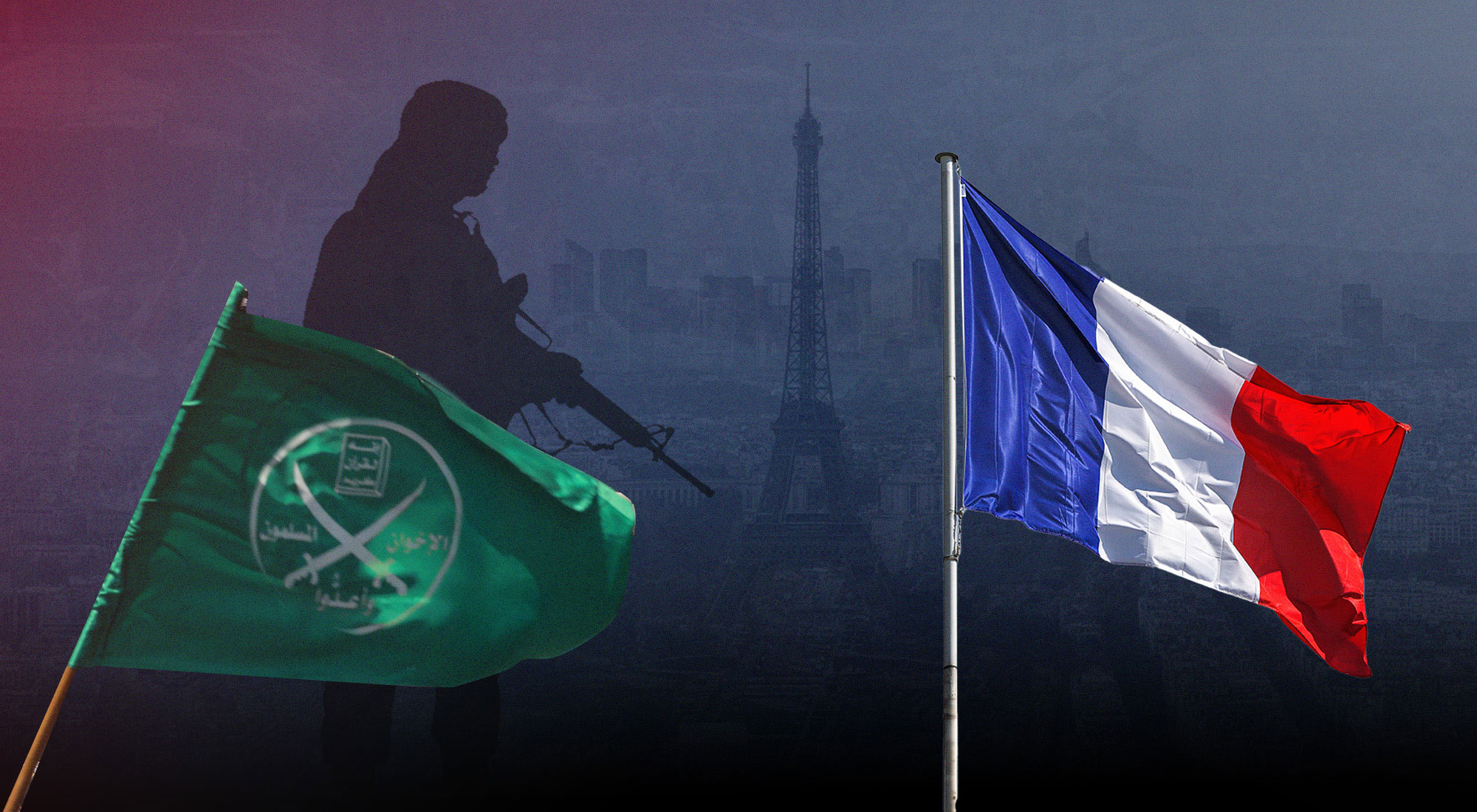The surge in Ecuador’s homicide rate, skyrocketing from 6 to over 46.5 murders per 100,000 people within a year, underscores a pressing concern. This alarming spike is attributed to the proliferation of criminal gangs with links to transnational organized crime, specially from Mexican drug cartels. These entities are not only destabilizing public security but also contributing to a growing apprehension across the Western Hemisphere.
On 9 January, a group of gangs who belong to the criminal band “Los Tiguerones” took over live a major television station in Guayaquil, the new hotspot of the Latin American narco-terror. Days later, the prosecutor Cesar Suarez, who was investigating the incident, was shot to death. Additionally, the biggest gang leader – “Fito” Macías – from Choneros – escaped from a maximum-security prison and prison uprisings multiplied. Against this background, Ecuador’s Daniel Noboa – a 36-year-old center-right leader who was sworn in as the country’s president in November 2023 – declared officially the state of “internal armed conflict” and “state of exception” in the country. Hence, “organized crime became a non-state belligerent actor”, while declaring 22 drug trafficking gangs as terrorist groups, among them Aguilas, Águilas Killer, AK47, Caballeros Oscuros, Chone Killer, Choneros, Corvicheros, Cuartel de las Feas, Cubanos, Fatales, Gánster, Kater Piler, Lagartos, Latin Kings, Lobos, Los p.27, Los Tiburones, Mafia 18, Mafia Trébol, Patrones, R7 and Tiguerones.[1]
Ecuador is not the only Latin American country that has experienced intense problems with criminal gangs and transnational organized crime. Since the region became a “zone of (interstate) peace” – especially in the Southern Cone,[2] the main concern moved to non-traditional threats originating from domestic challenges – such as pandillas (gangs), armed internal groups and criminal clans – and transnational illicit activities, especially those related to narcotraffic and drug cartels. In this regard, the zone of peace resembles a violent one if we consider the non-state threats and the internal violence rates, especially in the Andean subregion.
In Colombia, illicit mega organizations such as the Cali Cartel and the Medellin Cartel, led by Pablo Escobar, dominated the landscape in the 1990s. As the Colombian government intensified its anti-drug trafficking efforts, many of these cartels fell, giving rise to new smaller organizations called Bacrim (Bandas Criminales) and shifting the epicenter of activity to Mexico with cartels such as the Sinaloa (SC), Jalisco New Generation (Jalisco Nueva Generación – CJNG) and the Zetas, among others. Thanks to Mexico’s extensive border with the United States (U.S.) and institutional corruption, these cartels were transformed into the main illicit holdings in the region controlling with local allies the bulk of drug trafficking routes to the U.S. market from Perú northward. It seemed Ecuador was out of the criminal equation but changes in the drug trafficking industry and the structural weaknesses of the Ecuadorian state favored the crime explosion.
The geographic curse
Ecuador finds itself entangled in a complex web of geographical challenges that significantly influence its security. The nation grapples with a structural issue rooted in its location, sandwiched between the world’s two largest cocaine-producing countries, Colombia and Peru. This strategic positioning exposes Ecuador to the dynamics of the global cocaine market, making it a crucial player in the illicit maritime trade routes. The proximity to Colombia’s coca leaf production zones along the border[3] and the prevalence of over 100 illegal crossings in the southern border with Peru exacerbate the challenge.[4] These porous entry points become conduits for the influx of weapons, ammunition, explosives, and illicit mining products into Ecuador.
Alarmingly, an estimated one-third of Colombia’s cocaine production utilizes Ecuador’s ports for smuggling routes destined for the U.S. and Europe. The Amazon route, often terminating in Brazil, and the Pacific route, with Guayaquil emerging as a hub, serve as major conduits for drug trafficking operations.[5] According to Hurtado, the largest pacific city “has become a major transshipment point for cocaine produced in neighboring Colombia and Peru”,[6] where most of the maritime drug connection takes place through banana ships. Among the most dangerous cities such as Durán, Daule and Samborondón are those close to Guayaquil. Additionally, the former General Commander of the Ecuadorian Air Force (FAE), Mauricio Campuzano, acknowledged the existence of more than 2,000 “uncontrolled” illegal landing strips in the country.[7]
Ecuador could overcome the internal strife that Colombia and Peru have with their still standing albeit weak guerrillas, but the structural changes in the drug trafficking regional actors and industry, in addition to logistical benefits, puts the small nation in the radar. A key process has been the role of the Mexican cartels that not only displaced the Colombian ones, but also established presence and privileged ties with local partners. The final cocaine distribution is always carried out by Mexican cartels from Central America to the U.S., but the influence of cartels such as Jalisco New Generation and Sinaloa in Ecuador is transmitted through the confrontation of local gangs in their territory, to take full control of the transport of cocaine coming from Colombia and/or Peru.
However, the infighting between these two cartels is a major export of violence abroad. As Vanda Felbab-Brown underlines: “until the Mexican cartels’ war arrived, Ecuador had escaped the intense crime violence patterns of many Latin American countries. The violence dynamics are analogous to those in Colombia: Local gang and criminal groups seek to defect from one Mexican cartel to another or, allied with one cartel, seek to take over the territory belonging to the proxies of the rival cartel”.[8] This is the case in Ecuador with Choneros’ alignment with the Sinaloa Cartel versus Los Lobos which are close to the CJNG Cartel. However, the violence also has its own local drivers beyond the Cartel’s interest to export cocaine to the global north.
(Many) Reasons for criminal violence
Ecuador’s criminal violence is rooted in a complex combination of domestic factors that have exacerbated the situation in the last years. One of the key elements is the chronic inequality and lack of opportunities, especially in the low-income population. Unfavorable economic conditions have generated high levels of poverty – around 27% in 2023[9] – and inequality, creating a breeding ground for involvement in illicit activities such as drug trafficking or other illegal activities. The Covid-19 pandemic has further aggravated the situation, generating economic and social crises that have exacerbated existing tensions. Restrictions negatively affected vulnerable communities, creating fertile ground for involvement in criminal activities as an alternative source of income.[10] The growing reach of cocaine trafficking has also generated an internal consumption boom, thus leading to increased competition and territorial conflicts for selling drugs, contributing to a sustained cycle of violence. According to a United Nations Office on Drugs and Crime (UNODC) report, Ecuador has the highest number of drug treatment services provided in the region.[11]
In addition, corruption in the Ecuadorian prison system has allowed the unrestricted operation of criminal organizations within correctional facilities. Collusion between prison officials and members of organized crime has facilitated the coordination of illicit activities from within prison institutions, amplifying the influence and power of the pandillas. Since the capture of the main gangs’ big bosses, Los Choneros and Los Lobos have chosen the prisons as the command center for their illicit activities, blurring the boundary between confinement and the public sphere, but also transformed the prisons into a power struggle arena between gangs. According to the Permanent Committee for the Defense of Human Rights of Ecuador (CDH), more than 400 inmates died in prisons between 2020 and 2022 and many of these deaths are related to pandilla clashing.
Ecuador’s political volatility also plays a crucial role. Frequent changes in administration and political disputes have weakened the government’s ability to implement effective security and drug control policies. The lack of continuity in government strategies has created loopholes that are ably exploited by the cartels to expand their operations and strengthen their presence in the country. The threats and violence are also reaching public figures. Last year, Presidential Candidate Fernando Villavicencio was killed during a campaign event in Quito and city mayor Agustín Intriago was shot dead.
The main actors of the criminal violence are pandillas (both in the street and prison), criminal networks linked to drug trafficking, and mafia structures with possible state connections.[12] Among the most prominent gangs are the Choneros and the Lobos, but the situation is complicated by the presence of 25 identified criminal organizations in the country, each with organized criminal groups estimated to number more than 30,000 members.[13] The linkage of these organizations with Mexican cartels such as Sinaloa and CJNG has changed the dynamics of crime.[14] As Carrión Mena argues, local groups that “became part of the central command holdings changed the form of payment for services and activities provided by local groups. They moved from payment in dollars to payment in drugs, producing immediate structural effects: the strengthening of local criminal structures (more organized and more organizations), the violent dispute for the national market (number of murders) and greater local consumption (80-100 tons), has made Ecuador one of the countries with the highest per capita consumption in the world”.[15]
Inter-gang disputes, especially between the Choneros and Los Lobos, have exacerbated the violence. The Lobos have consolidated their power in the highlands and within the prison system, thus challenging the strongest Choneros. In addition, confrontations between the state and these gangs have led to a constant struggle for territorial control among them and even within gangs. A tragic milestone in this scenario was the coordinated attack on three prisons on February 23, 2021, where members of the Choneros attacked rival inmates, resulting in the largest prison riot in Ecuador’s history, with 75 killed. This event was the result of a breakpoint – the killing of the former leader Jorge Luis Zambrano González “Rasquiña” in 2020. Since then, Los Choneros lost supremacy as the leading gang and had to face the uprising of former allies like Los Tiguerones, Chone Killers or even Los Lobos, who is currently the main gang in conflict. The criminal map is one of fragmentation, which makes crisis management even more complicated in the long term.
Noboa’s response: relentless and without a clear future
Ecuador finds itself grappling with a crisis reminiscent of the heightened violence associated with Pablo Escobar’s era in Colombia, albeit with numerous criminal gangs instead of one. While security challenges are not novel in Ecuador, the current scenario presents an unparalleled challenge. Former President Lasso’s declaration of a “war” against narco-trafficking and narco-terrorism has yet to yield clear results. Noboa’s acknowledgment of an “internal armed conflict” garnered widespread political support, including from political adversaries like former President Rafael Correa. However, such declarations alone may not address the root causes of the issue.
In response to the escalating situation, the current president has conferred extraordinary powers upon the military, enabling their involvement in prisons and collaboration with the National Police. Additionally, the decree provides a legal framework to combat terrorist gang organizations, such as Los Choneros and Los Lobos. While these measures signify a robust governmental response, the complexity of the problem demands a comprehensive strategy; one that addresses not only the immediate security concerns but also the socio-economic and institutional factors contributing to the surge in criminal violence, from addressing the inefficient and corrupt prison system to improving opportunities for the younger population.
[1] “Presidencia de la Nación, Decreto Ejecutivo 111” (Presidency of the Nation, Executive Order 111), January 9, 2024, https://www.comunicacion.gob.ec/wp-content/uploads/2024/01/Decreto_Ejecutivo_No._111_20240009145200_20240009145207.pdf.
[2] J. M. Battaglino, “The coexistence of peace and conflict in South America: toward a new conceptualization of types of peace”, Revista Brasileira De Política Internacional, 55(2), 2012, 131–151.
[3] UNODC, “Colombia Monitoreo de territorios afectados por cultivos ilícitos 2020”, (Colombia – Monitoring of territories affected by illicit crops 2021), UNODC Research, 2021, https://www.unodc.org/documents/crop-monitoring/Colombia/Colombia_Monitoreo_de_territorios_afectados_por_cultivos_ilicitos_2020.pdf.
[4] “Ecuador y Perú acuerdan 7 compromisos militares” (Ecuador and Peru agree to 7 military commitments), Defensa.com, https://www.defensa.com/ecuador/ecuador-peru-acuerdan-7-compromisos-militares.
[5] Mar Pichel, “Cómo Ecuador pasó de ser país de tránsito a un centro de distribución de la droga en América Latina (y qué papel tienen los carteles mexicanos)” (How Ecuador went from being a transit country to a drug distribution center in Latin America (and what role do Mexican cartels play)), 2021, https://www.bbc.com/mundo/noticias-america-latina-58829554.
[6] Sebastian Hurtado, Ecuador’s Crisis: A Long Road Ahead, 2024, https://www.americasquarterly.org/article/ecuadors-crisis-a-long-road-ahead/.
[7] “En Ecuador hay más de 2.000 pistas aéreas ‘no controladas’” (More than 2,000 ‘uncontrolled’ airfields in Ecuador), El Universo, https://www.eluniverso.com/noticias/2019/04/05/nota/7270838/ecuador-hay-mas-2000-pistas-aereas-no-controladas/.
[8] Vanda Felbab-Brown, “The foreign policies of the Sinaloa Cartel and CJNG – Part I: In the Americas”, 2022, https://www.brookings.edu/articles/the-foreign-policies-of-the-sinaloa-cartel-and-cjng-part-i-in-the-americas/.
[9] Sebastian Idárraga, “La pobreza aumenta en Ecuador y alcanza al 27% de la población” (Poverty increases in Ecuador and reaches 27% of the population), 2023, https://www.bloomberglinea.com/latinoamerica/ecuador/la-pobreza-aumenta-en-ecuador-y-alcanza-al-27-de-la-poblacion/
[10] “Explainer: Why has Ecuador become so violent?”, Reuters, https://www.reuters.com/world/americas/why-has-ecuador-become-so-violent-2023-08-10/.
[11] UNODC, “La Oficina de las Naciones Unidas contra la Droga y el Delito (UNODC) presenta en Ecuador los principales hallazgos del Informe Mundial de Drogas 2022” (The United Nations Office on Drugs and Crime (UNODC) presents the main findings of the 2022 World Drug Report in Ecuador), https://www.unodc.org/peruandecuador/es/noticias/2021/la-oficina-de-las-naciones-unidas-contra-la-droga-y-el-delito-unodc-presenta-en-ecuador-los-principales-hallazgos-del-informe-mundial-de-drogas-2022.html.
[12] Luis Cordova, “Pandillas callejeras y crimen organizado” (Street gangs and organized crime), Semáforo en Rojo, November 7, 2012, https://repositorio.uce.edu.ec/archivos/GI-OCV/SR_ocv/SR_11.pdf.
[13] Franz Toledo Carrión, “Apreciación Estratégica 2023: Influencia del Tráfico de Cocaína y otros delitos conexos en Ecuador” (Strategic Appreciation 2023: Influence of Cocaine Trafficking and other related crimes in Ecuador), p. 64, https://www.academia.edu/108537426/APRECIACI%C3%93N_ESTRAT%C3%89GICA_2_023_INFLUENCIA_DEL_TR%C3%81FICO_DE_COCA%C3%8DNA_Y_OTROS_DELITOS_CONEXOS_EN_EL_ECUADOR.
[14] “Perfil de Ecuador” (Ecuador’s Peril), InSight Crime, https://insightcrime.org/es/noticias-crimen-organizado-ecuador/ecuador/)
[15] Fernando Carrión Mena, “La violencia en el Ecuador, una tendencia previsible” (Violence in Ecuador, a predictable trend), Ecuador Debate 117, pp. 15-40.









